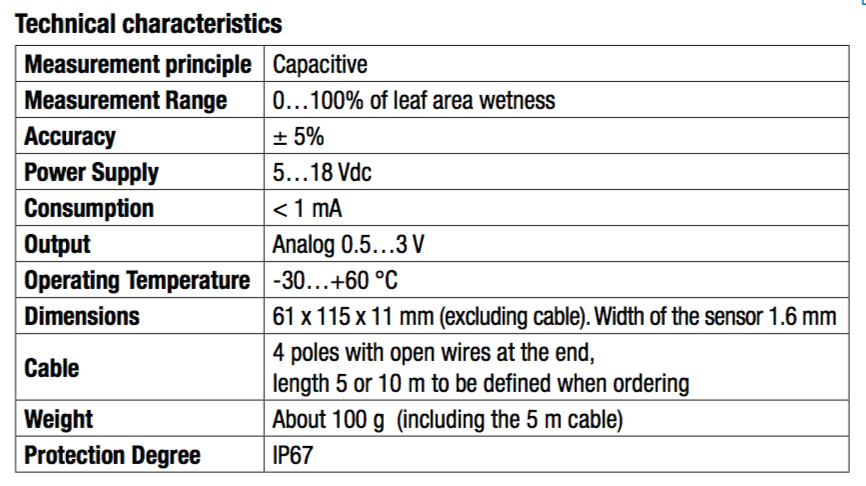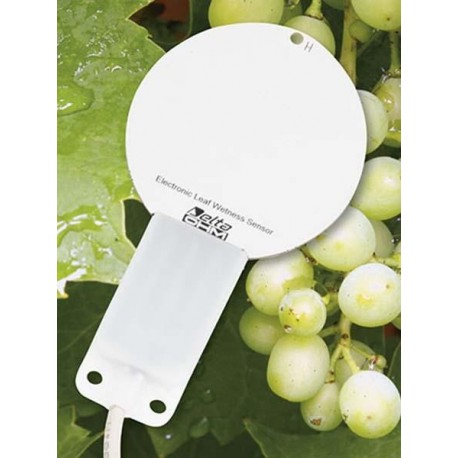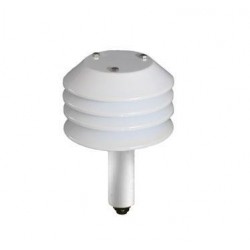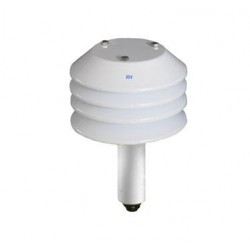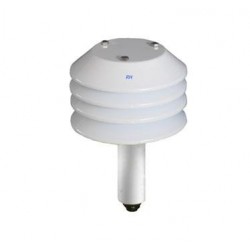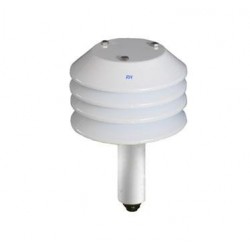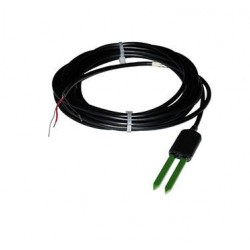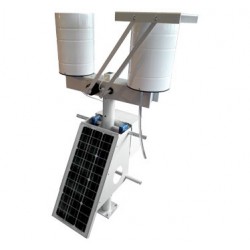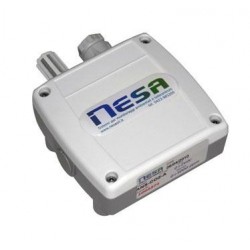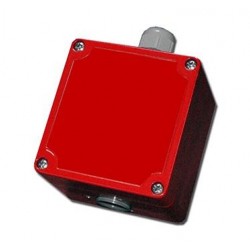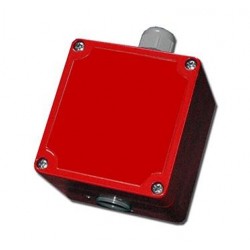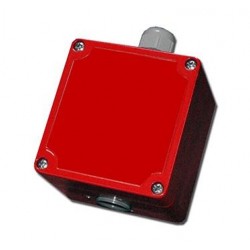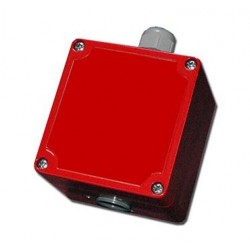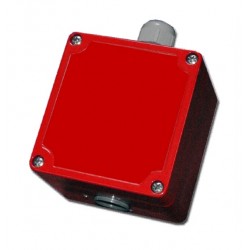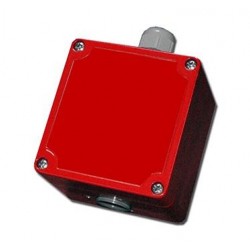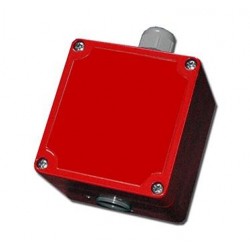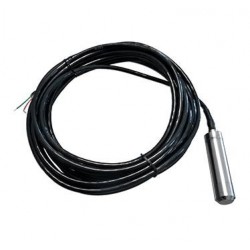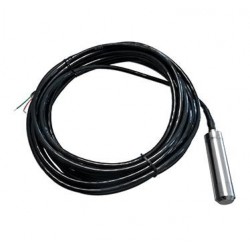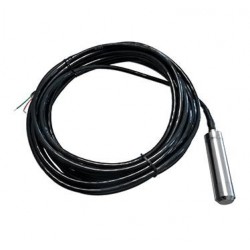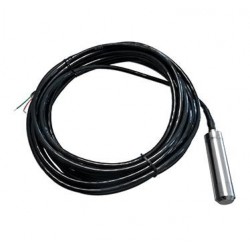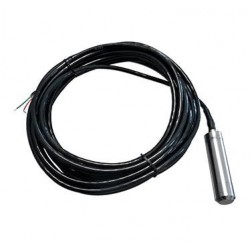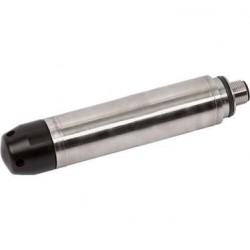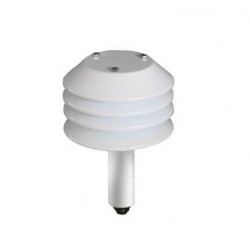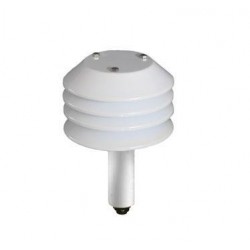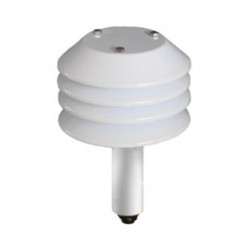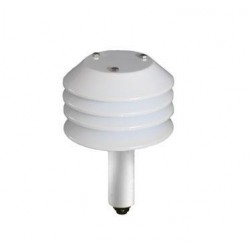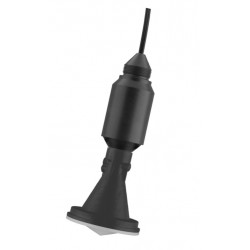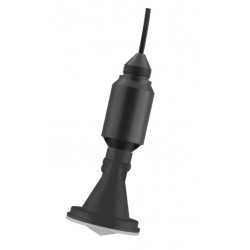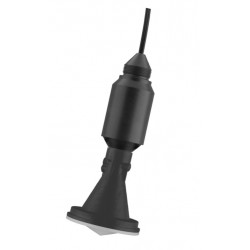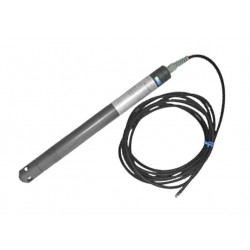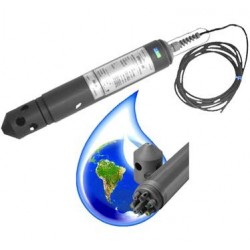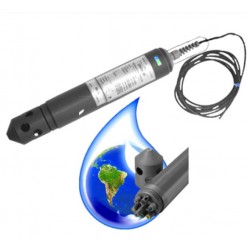No products
Prices are tax excluded
Product successfully added to your shopping cart
There are 0 items in your cart. There is 1 item in your cart.
HD 3901 Leaf Weyness Sensor (0 - 100%)
New
At AlphaOmega-Electronics you will find the best range of Leaf Wetness Sensor and at the most competitive prices.
- More info about this product.
- Remove this product from my favorite's list.
- Add this product to my list of favorites.
The HD3901 leaf wetness sensor detects the presence of condensation on its sensitive surface and has been designed to reproduce in an extremely accurate way the thermodynamic behaviour of a leaf.
The leaf wetness degree is a basic information in the agricultural and floriculture fields to determine the most appropriate phytosanitary treatment to prevent mould and fungal infections in general that can affect the plants and crops in the presence of condensation on the leaves.
The double sensitive surface allows to determine the wetness degree both on the top and on the bottom the leaf, important feature to get accurate indications, being that the two sides of the leaf have different drying times.
In order to ensure a long duration of the sensor, the surface of the sensor is specially treated to resist to the atmospheric agents and to the chemical agents present in pesticide products.
The circuit board, protected inside a sealed housing made of plastic material, allow- ing to achieve reliable measurements even in environments with high condensation. The sensor is already supplied with factory-calibration and does not require any calibration by the user. The output is 0.5 ... 3 V analog voltage with a fixed 5 or 10 m connecting cable. Power supply 5... 18 Vdc.
Thanks to its operation principle, the sensor HD3901 is able to detect even the pres- ence of small water droplets, unlike common sensors which are based on the resist- ance or conductivity measurement, which require of the drop of water to be detected between the two electrodes (a minimum size). The construction materials and the white colour of the sensitive-surface have been chosen to simulate, in the most reliable way as possible, the thermal and radiative properties of a real leaf.
The 0.5 ... 3 V analog voltage output corresponds to the degree of wetness 0 ... 100%. The degree (percentage) of wetness indicates how much sensitive surface is covered by the water compared to the total surface of the sensitive area.
In case of installation on a meteorological station, fix the sensor to a proper angle stirrup.
Connect the cable to an instrument or datalogger with analog voltage input and power the sensor according to the colour coding shown in figure 3.
- HD3901.5: Leaf wetness sensor with double sensitive surface. Two analog outputs 0.5...3 Vdc (one output for each of the two sensitive surfaces). Power supply 5...18 Vdc. Protection Degree IP 67. Complete with 4 poles 5 m cable with open wires at the end.
